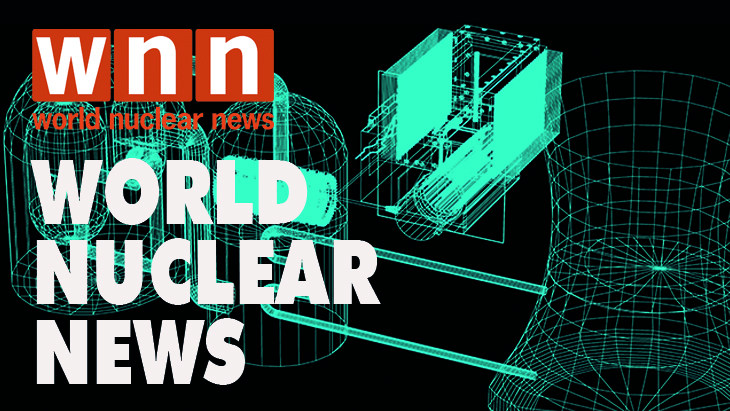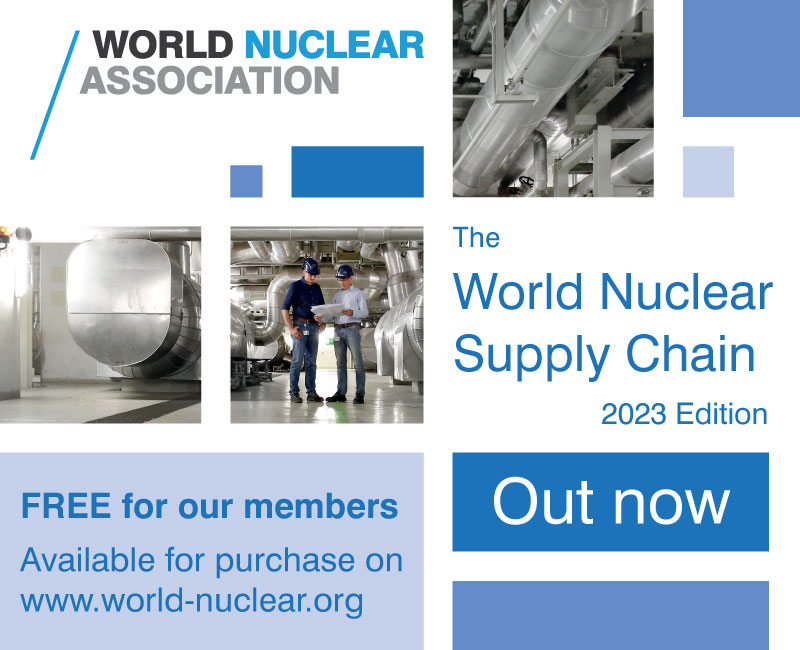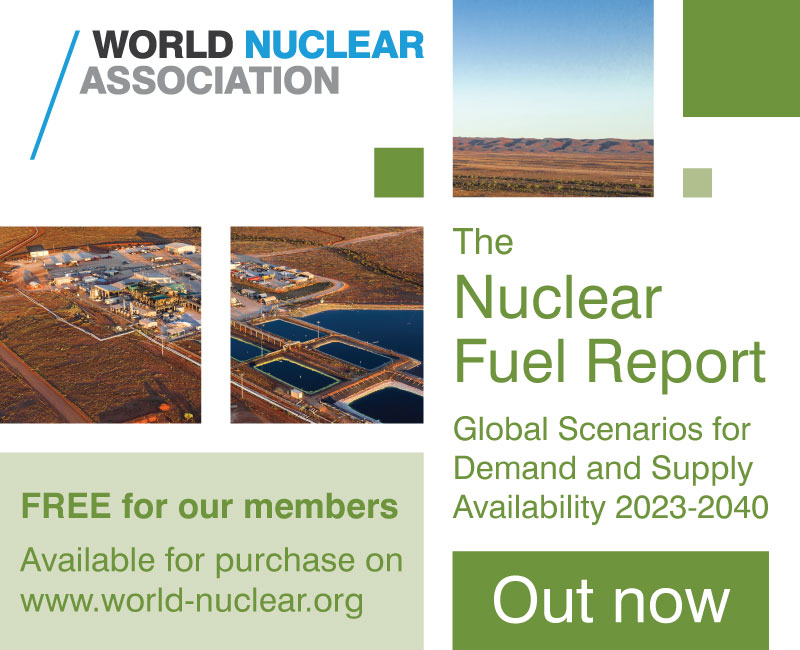UAE regulatory experience provides lessons for SMR deployment
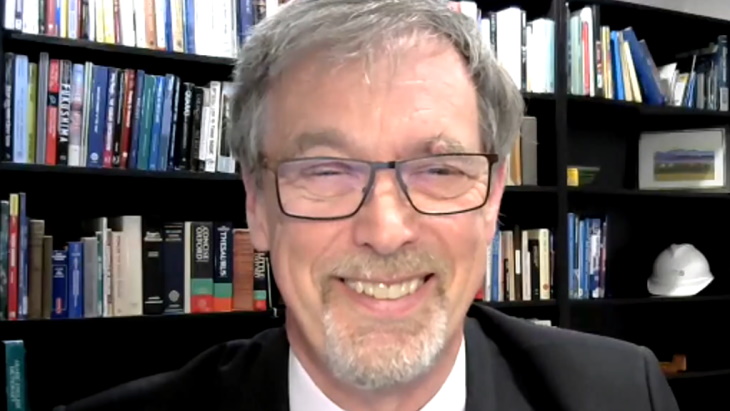
Addressing an Australian Nuclear Association webinar on 1 October, Grant provided an overview of the UAE's nuclear programme - from the publication in 2008 by the country's government of its goals for a peaceful nuclear energy programme, to the start of commercial operations of the first unit of the Barakah plant in August of this year, including setting up the necessary legal infrastructure, and developing a regulatory body and framework.
FANR was established as the independent regulatory body for safety, security and safeguards with defined powers and responsibilities under UAE federal law in a decree enacted in 2009. In December of that year, after a competitive tendering process, ENEC announced the selection of a consortium led by Korea Electric Power Corporation to design, build and help operate four APR1400 nuclear power plants at Barakah.
The Emirates Nuclear Energy Company (ENEC) submitted its 9000-page construction licence application - including a Preliminary Safety Analysis Report (PSAR) - in 2009. The operating licence application for Barakah units 1 and 2 was submitted in March 2015 by ENEC on behalf of operating company Nawah. This included a Final Safety Analysis Report plus supporting documents totalling 15,000 pages.
FANR initially based its plans for staffing requirements on the experience of its first leaders and used as benchmarks international references available at that time, such as the licence review for Finland's Olkiluoto 3 and the UK regulator's Generic Design Assessment process, Grant said. For the first nuclear power plant construction licence, FANR's staff numbered some 30 full-time equivalents, with a similar number coming from technical support organisations (TSOs). The learning curve from the first licence review resulted in significantly less resources being needed for subsequent licence applications, he said.
The objective of FANR's review was to determine whether the proposed facility complies with the relevant regulatory safety objectives, principles and criteria. In doing so, the regulator acquired a deep understanding of the design of the facility, the safety concepts on which the design is based, and the proposed operating principles, he said.
FANR contracted with experienced TSOs in the USA and Europe to support its review and assessment of licence applications. Each TSO worked exclusively on one or more work packages, providing specialist technical expertise which FANR lacked in-house.
"For example, if we needed a fire protection engineer to review the relevant chapter, we didn't have one in-house so we contracted for that particular expertise," he said.
Contracting TSOs also augmented FANR's in-house resources, which was particularly important in the early stages while FANR built up its staff. Throughout, FANR provided direction to TSOs and retained responsibility for its regulatory decisions using its own experienced staff as work package leads.
Regulatory collaboration
Another key part of the review and assessment work was collaboration with the regulatory body in the vendor country, Grant said. FANR set up cooperative agreements with other regulatory authorities and the agreements with the authorities in Korea were instrumental in the review and assessment.
This provided an exchange of information on the Korean regulatory framework and licensing process, and gave FANR access to translated safety evaluation reports for the reference plant, Shin Kori. Korean regulators also held workshops to explain Korean safety assessment findings, set up an online process to respond to ongoing requests for information from FANR staff, and supported vendor inspections and the training and development of UAE staff, he said.
FANR used the Korean regulatory body's safety evaluations to support its licensing review, conducting its own independent review wherever the UAE's proposed site, design or operation differed, he said. The PSAR identified where the design was the same as that previously used in Korea, and where the Korean assessment could be used, and where there were differences to be assessed. This, Grant said, was a "sensible application" of a "graded approach".
FANR's Safety Evaluation Review (SER) was drafted in sections by FANR reviewers and TSOs using the online collaborative SharePoint work environment. A standard writing format helped to ensure consistency of content and presentation among the various sections of the SER developed by individual technical reviewers. In total, 223 SER sections were prepared for the construction licence application and 228 - plus a summary of inspection findings - for the operating licence application.
Lessons learned
Grant then suggested how the experiences of the UAE might inform the future deployment of SMRs.
Strong policy leadership by the government, which did not waver from its policy direction and the clear and simple goal of wanting nuclear power for electricity generation, was one factor for the UAE's success, he said. Secondly, the selection of a standardised design that had been previously licensed in the vendor country was very important because it reduced project risk and meant that there was a vast body of existing knowledge about the design that the UAE was able to access.
"Strong relationships between the host and vendor regulatory bodies were clearly key to accessing that information, along with common regulatory standards and processes," he said. The final factor was the use of experienced staff and contractors, who were able to lead and carry out the key steps in the plan.
Grant pointed to the work of World Nuclear Association's CORDEL (Cooperation in Reactor Design Evaluation and Licensing) working group. CORDEL's mission is to promote a worldwide nuclear regulatory environment where internationally accepted standardised reactor designs can be widely deployed without major design changes at the national level. In practice, this would mean that generic design certification and safety evaluations approved by a recognised competent authority would be acceptable in other countries.
"I'd say that the UAE represents an example of the first level of the CORDEL approach - sharing safety assessment information," Grant said, adding, that some technology areas are "more transferable than others".
"Design and safety assessment can travel quite well between countries, as can aspects of the operating organisation and procedures, particularly the procedural aspects," he said.
Aspects such as environmental assessment and siting, however, need to be assessed on a case-by-case basis, he added. "However much the regulatory body might benefit from and use the work of others, ultimately, I believe a regulator, if it is doing its job and is accountable to the government and the public … has to make its own assessment, and use its own judgement in coming to decisions."
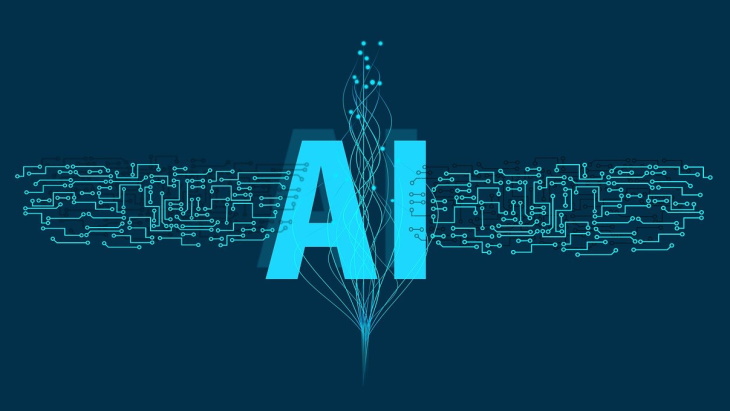
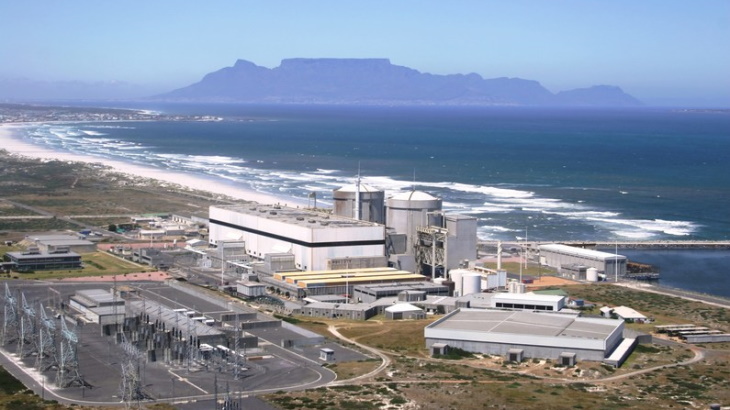
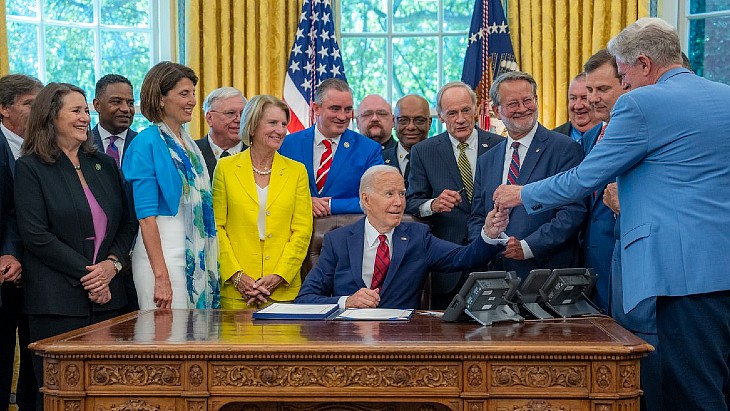
.jpg)






